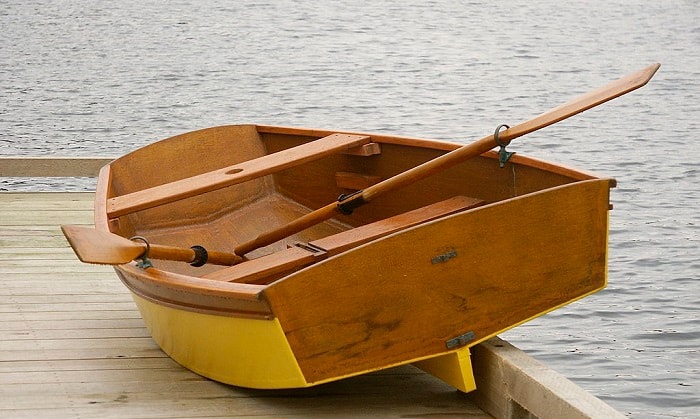Beyond the Hull: Unveiling Hidden Gems in "The Ultimate Guide to Aluminum Boat Plans"
Building a boat from scratch is a feat of engineering, a testament to human ingenuity, and a deeply satisfying hobby. "The Ultimate Guide to Aluminum Boat Plans for DIY Builders" promises to be your compass on this journey. But beyond the standard blueprints and welding techniques, what hidden gems lie within? This review delves into the often-overlooked aspects, offering new perspectives for hobbyists, professionals, and educational institutions alike.
Beyond the Build: The Unsung Heroes of Aluminum Boat Construction
Many guides focus solely on the technical aspects, but what about the softer skills crucial to success?
Q: How does project management impact an aluminum boat build?
A: It's not just about welding. A successful build relies on meticulous planning. Consider these often-overlooked aspects:
- Material Sourcing: Finding reliable aluminum suppliers is crucial. Don't underestimate the time and effort needed to secure high-quality sheets at a reasonable price. Consider local metal recycling centers for potential savings and sustainable practices.
- Tool Acquisition & Maintenance: A well-maintained workshop is as important as the plans themselves. Regular tool servicing and safety protocols are non-negotiable.
- Time Management: Building a boat is a marathon, not a sprint. Allocate realistic timeframes, factoring in potential setbacks and unexpected challenges. A detailed Gantt chart can be incredibly helpful.
Ignoring these can lead to costly delays and frustration, derailing even the most meticulously planned project. The Guide’s focus on these practical considerations sets it apart.
The Environmental Footprint: A Sustainable Approach to Aluminum Boatbuilding
While many guides overlook this, the environmental impact of boat construction is increasingly important.
Q: How can we minimize the environmental impact of our aluminum boat project?
A: Aluminum is highly recyclable, but the process still requires energy. Minimizing waste is key. This includes:
- Precise Cutting: Reduce material waste through careful planning and precise cutting techniques. Investing in high-quality cutting tools pays dividends here.
- Waste Recycling: Partner with local scrap metal recycling facilities to ensure responsible disposal of aluminum scraps. Many accept aluminum for reuse, reducing the environmental burden of landfills.
- Sustainable Coatings: Explore eco-friendly paint and sealant options to reduce harmful VOC emissions.
The "Ultimate Guide" subtly addresses sustainability; however, more explicit guidance on environmentally conscious practices would greatly enhance its value for environmentally aware builders.
Beyond the Blueprint: Adapting and Innovating
Let's explore how the guide fosters creativity and customization.
Q: Can we personalize the plans to create a truly unique vessel?
A: Absolutely! The best boat plans serve as a foundation, not a rigid template. The guide encourages customization, but it needs to emphasize the importance of structural integrity during modifications.
For example, a hobbyist might want to add custom features like built-in rod holders or a specific seating arrangement. But any alterations must be carefully considered to ensure they don't compromise the boat's stability or safety.
This requires a solid understanding of boat design principles, which the guide should explicitly address.
Conclusion: A Valuable Resource with Room for Growth
“The Ultimate Guide to Aluminum Boat Plans†is a comprehensive resource for DIY boat builders. While the technical aspects are well-covered, enhancing its focus on project management, sustainability, and creative customization would elevate it to a truly exceptional guide. By addressing these less-discussed areas, it can empower a new generation of boat builders to create not just functional vessels, but sustainable and personalized masterpieces.


